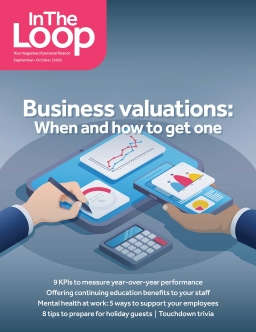The SECURE Act 2.0: What You Need to Know

The Secure 2.0 Act was enacted on December 22 of 2022. It has 90 provisions primarily related to retirement accounts. These provisions will take effect beginning in 2023 through 2027. Here are some of the notable provisions.
The age for required minimum distribution from retirement accounts has moved from 72 to 73 as of 01/01/2023. ROTH accounts will now be available in SEP IRAs as well as simple plans.
Participants are now able to opt to receive their matching employer funds, such as a safe harbor match, to be tagged as a ROTH.
In 2024, even more significant changes occur. Starting in 2024, employers can offer matching contributions in a retirement plan that are tied to student loan repayments. This could be a significant hiring and retention strategy for many practices.
Many who have funded their children’s 529 plan accounts were concerned that there will be funds still remaining and eventually taxed. Starting in 2024, you will be able to roll over up to $35,000 in 529 funds into a ROTH IRA account in the name of the 529 plan beneficiary. You can roll over these amounts each year based on the maximum ROTH IRA funding amount until that $35,000 is exhausted.
The theme of this act is to further remove the upcoming generation’s dependency on Social Security & to enhance employer and retirement plan offerings. It provides flexible, generous, & creative matches to build an employee's wealth. A good portion of the Act will act as a tax revenue raiser with the additional ROTH funding options available. Many of these ROTH funding options can have some significant tax benefits for you if you depending on your income & tax situation. Talk to us today about how you may be able to take advantage of paying taxes at lower rates with these strategies.
Back to issue








